The panel depicts the Virgin in the foreground, dressed in a dark red maphorion (a royal and maternal symbol) and a green tunic underneath, breastfeeding the Child Jesus resting on her left knee. This is the ‘Galaktotrophousa’ or ‘Madonna of the Milk’ type, which emphasises the humanity of Christ and the nurturing role of the Virgin as Mother of the Church. The suckling gesture refers both to maternal tenderness and to the Eucharistic symbolism of milk.
Mary's face is gentle, slightly inclined towards her Son, with soft features and wide eyes looking at the observer with a sorrowful but serene expression. The Child has more compact lines, a round face and aims his milk with his raised hand.
On either side of Mary's head are the Greek letters ‘ΜΡ ΘΥ’ (Meter Theou, Mother of God), and next to the Child ‘ΙϹ ΧϹ’ (Iesous Christos). This confirms the link with the Byzantine-Cretan prototype.
Typical of Galaktotrophousa icons, it symbolises the spiritual food Christ gives to humanity. The colours and composition recall the numerous examples produced in Venice and in Cretan workshops, where Orthodox culture and Renaissance painting intertwined.
The Cretan School, active between the 15th and 18th centuries, exported icons to Venice in large numbers; Cretan painters (such as those of the ‘School of Candia’) combined Byzantine models with Western perspective and colour solutions.
Translated with www.DeepL.com/Translator (free version)







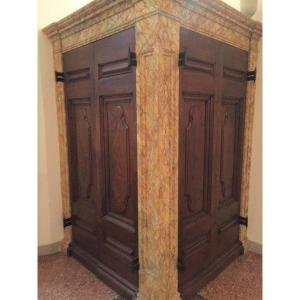


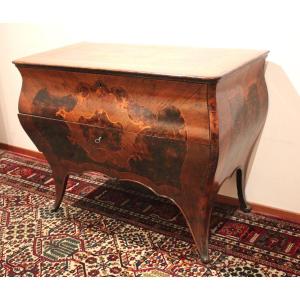


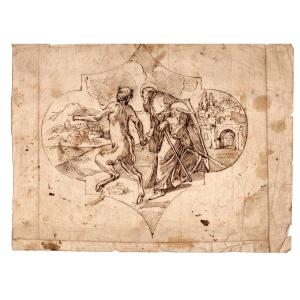
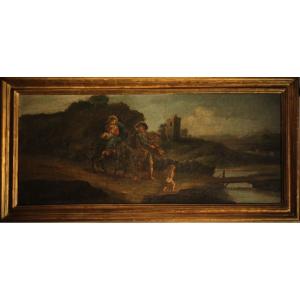
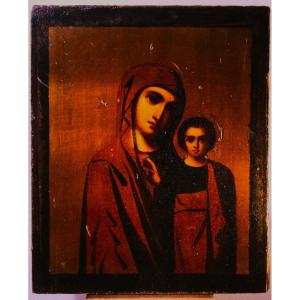






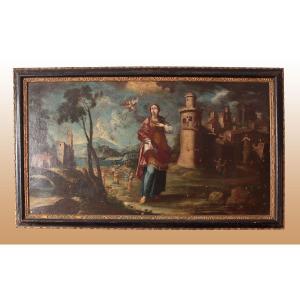






 Le Magazine de PROANTIC
Le Magazine de PROANTIC TRÉSORS Magazine
TRÉSORS Magazine Rivista Artiquariato
Rivista Artiquariato